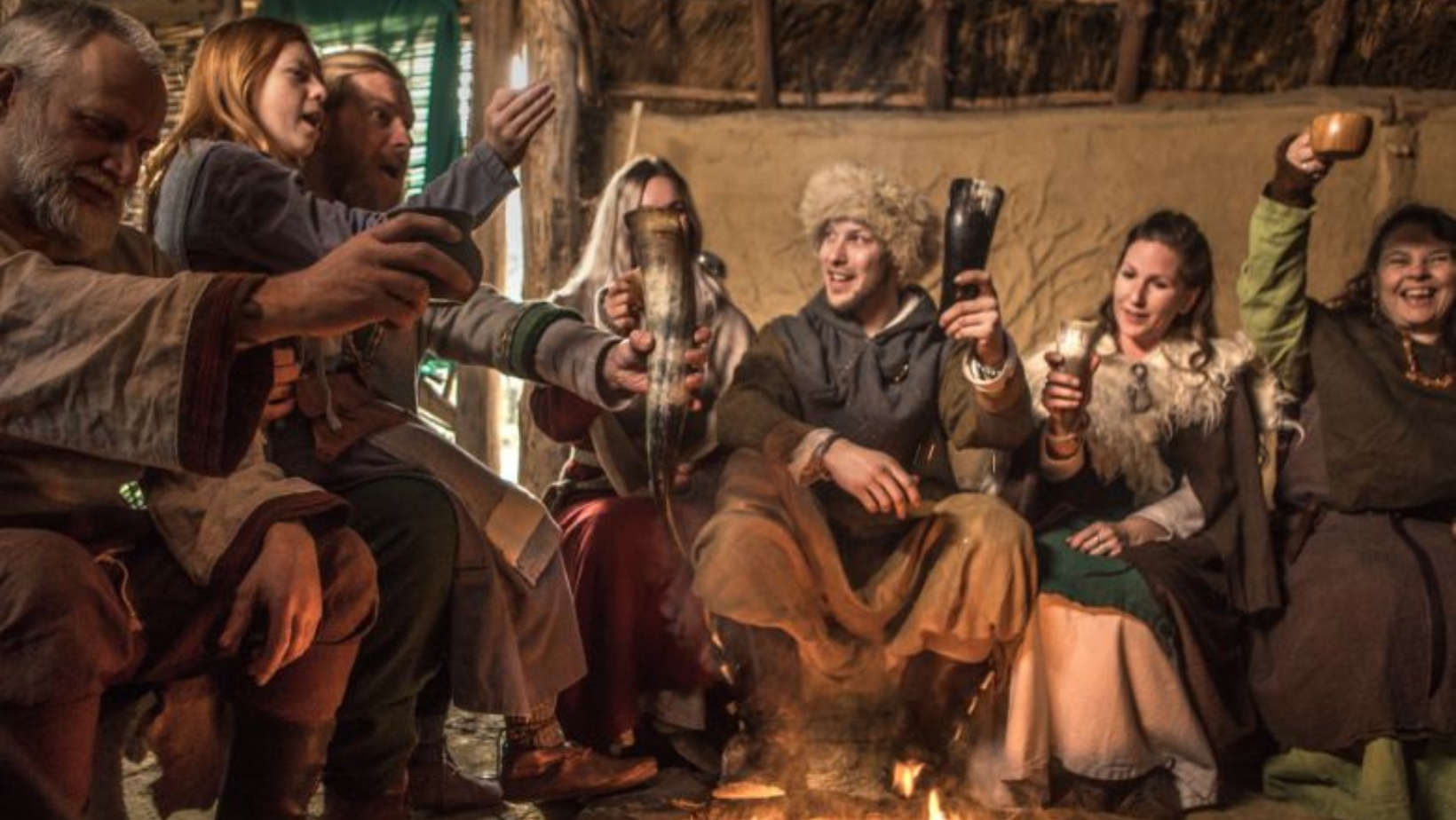Ancestral Roots and Cultural Appropriation: Caucasians have Tribal History

On a recent visit to Oaxaca, Mexico, I had the opportunity to dive deeply into the rich and beautiful culture of its tribal people. As a fair-skinned American woman of European heritage, I often long for more connection with my own roots and the ancestral practices of those who came before me.
Unfortunately, many of our European ancestors chose to leave their homelands for a new world. By its very nature, that search meant leaving behind their stories, history, and culture in order to step into something different. As a result, many white Americans have very limited understanding of their indigenous European roots.
Europe’s grand cathedrals, iconic art, and global influence often eclipse its ancient history. However, long before its rise to prominence, Europe was a vibrant mosaic of tribes, each with its own distinct identity, customs, and traditions.
Interestingly, many practices of these indigenous European tribes share striking similarities with indigenous cultures worldwide. This interconnected tapestry raises intriguing questions about the concept of cultural appropriation.
Europe’s Indigenous Landscape
Here are just a few examples of the tribes of Europe:
- Celts: Originating in Central Europe, the Celts expanded across a wide swath from the British Isles to Anatolia. Celebrated for their metalwork, they crafted ornate jewelry and weapons, often imbued with intricate designs. Their religious practices revered nature, with sacred groves playing a crucial role in their rituals
- Germanic Tribes: The Germanic tribes, including the Vandals, Visigoths, Saxons, and Franks, significantly influenced Europe, notably during the Roman Empire’s decline. They held ceremonies in natural settings, such as forests, believing in a pantheon of gods and spirits.
- Slavic Tribes: Laying the foundation for nations like Russia, Poland, and Serbia, the Slavic tribes held a deep reverence for the natural world. Their mythology is rife with deities associated with the earth, water, and sky.
- Vikings (Norsemen): Originating in the Nordic realms, the Vikings were not just raiders but also traders and explorers. Their pantheon, including gods like Odin and Thor, mirrored the forces of nature. Runes, both as an alphabet and for divination, were integral to their culture.
- Iberians, Thracians, and Illyrians: While the Iberians inhabited the Iberian Peninsula, the Thracians and Illyrians lived in the Balkans. Each had unique customs, yet, like other European tribes, nature, and its forces played a pivotal role in their beliefs and practices.
History reveals that, in many European countries, indigenous practices went underground or disappeared entirely due to various forms of persecution like the Great Inquisition and the witch hunts. It simply wasn’t safe to engage in earth-based practices and ceremonies. When Europeans left their homes to inhabit other lands, many left the wisdom and connection to their ancestral roots behind.
Shared Cultural Practices: A Global Perspective
Across the vast expanse of the globe, indigenous practices often revolve around common themes:
- Reverence for Nature: From the Celts’ sacred groves to Native American rituals centered around natural landmarks, the sanctity of nature is a universal concept.
- Shamanism and Spiritual Leaders: Europe’s druids and seers share parallels with shamans from the Americas, Asia, and Africa. These individuals often served as mediators between the physical and spiritual realms.
- Festivals and Rituals: Seasonal festivals, marking the cycles of the moon or solstices, are a shared tradition. Be it the Celtic Samhain or the Native American sun dances, the rhythm of nature dictates ceremonial practices.

Cultural Appropriation: A Complex Narrative
Given these shared practices and beliefs, defining cultural appropriation becomes intricate. While it’s undeniable that every culture deserves respect and should not be trivialized or commodified, the similarities across ancient practices highlight the shared human experience. No matter where I am in the world, the rituals of tribal cultures feel familiar and incredibly important to me. The fact that I have white skin does not remove me from a history of people connected richly to the earth and its cycles. My people, like the native people of Africa, the Americas, Australia, and other countries, found holiness in the natural world and created rites and rituals celebrating what was sacred to them. I’ve been blessed to travel the world and I’m often surprised at how similar many of these ceremonies, rites, and rituals are.
Understanding that many practices, symbols, or beliefs are not exclusive to one culture, but instead are part of a shared human legacy, adds layers of complexity to the discourse on cultural appropriation. It underscores the need for education, understanding, and respect in our increasingly interconnected world. Further, it shines a light on the need of all humanity to heal the ancestral wounds that separate us. We are so much more alike than we recognize or acknowledge.

Coming Soon
Sacred Menopause is more than a book. It is a companion for the holy initiation of midlife, a guide that helps you move through confusion to clarity and confidence.
Within these pages, you’ll find stories, journal prompts, ceremonies, wisdom, and practices that honor your body, your soul, your work, and your relationships. This stage of life is the opening of a doorway into your deepest power and most luminous life. I'll be releasing it soon! If you'd like to receive a notice about the release date or would be interested in helping me launch this book by reading an advanced reader copy, please click here to join the wait list.
10 Signs You’re Awakening the Divine Feminine Within
You’re not broken.
You’re waking up.
Start remembering the version of you that was never lost—just waiting to rise.
Tell me where to send the free guide:






